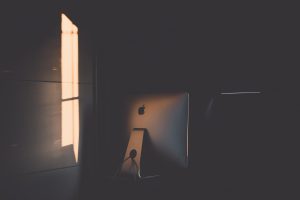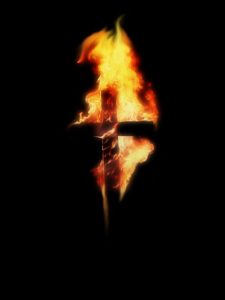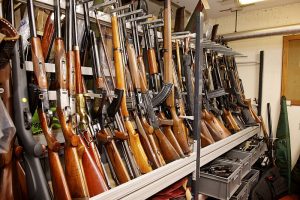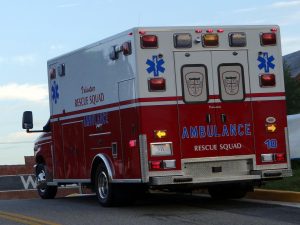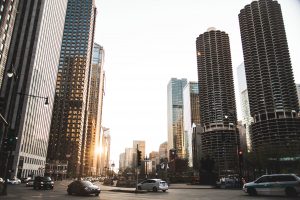 There are few issues that are guaranteed to raise legal temperatures higher than that of “justified police shootings.” Issues of outright racism and civil rights have come to the fore as a consequence of this specific issue. The media has played its role in sensational coverage, which often masks the serious legal issues at stake. You only have to read about the Laquan McDonald case to understand some of the complexities involved.
There are few issues that are guaranteed to raise legal temperatures higher than that of “justified police shootings.” Issues of outright racism and civil rights have come to the fore as a consequence of this specific issue. The media has played its role in sensational coverage, which often masks the serious legal issues at stake. You only have to read about the Laquan McDonald case to understand some of the complexities involved.
The fact that the law is not very clear gives leeway to all sorts of interpretation. The law enforcement officers have assumed (incorrectly) that the law is designed to cover them at every opportunity. Meanwhile, the courts are left somewhat hopeless by the experience of having to litigate and mediate that which is nearly impossible to handle fairly. The charged atmosphere also means that consideration has to be given to the practicalities of how the verdict will be received.
The Starting Point
 Chicago Criminal Lawyer Blog
Chicago Criminal Lawyer Blog


